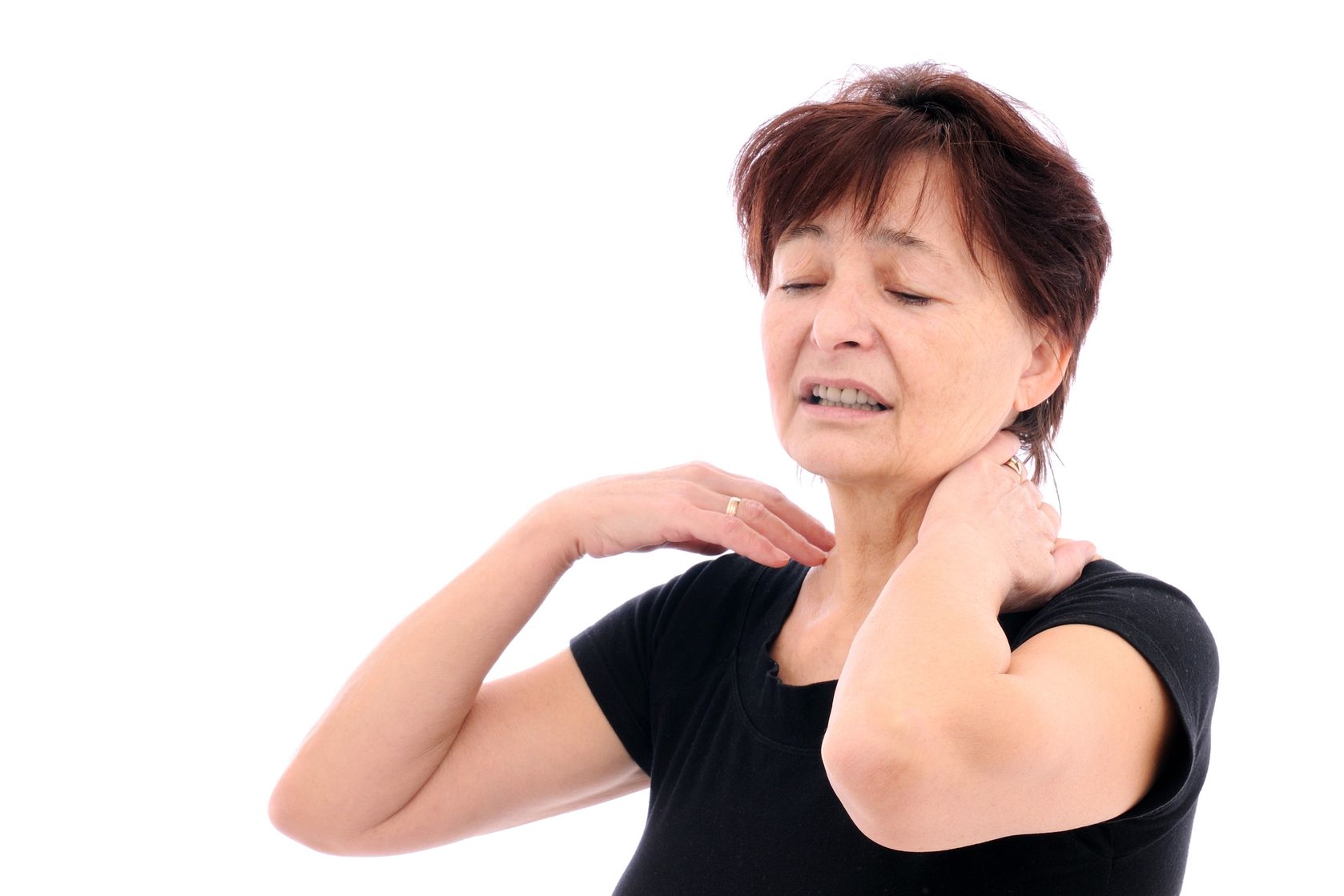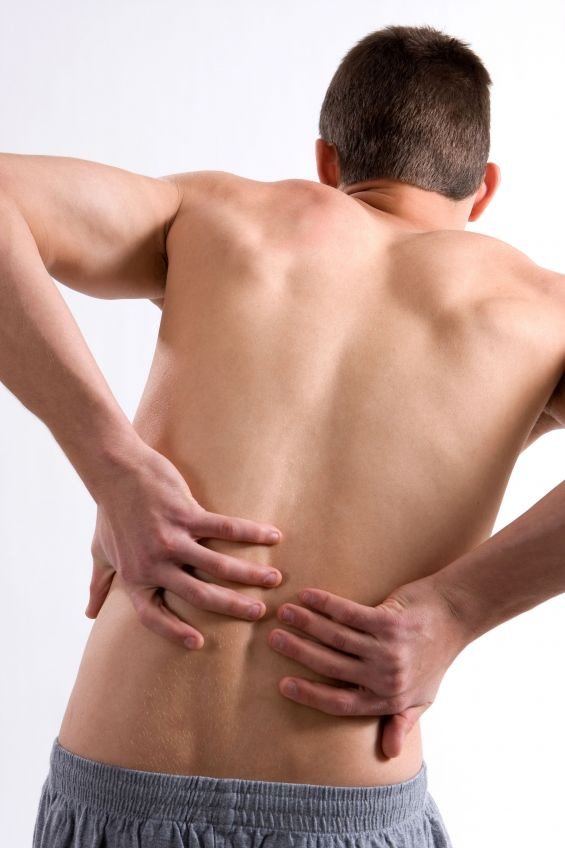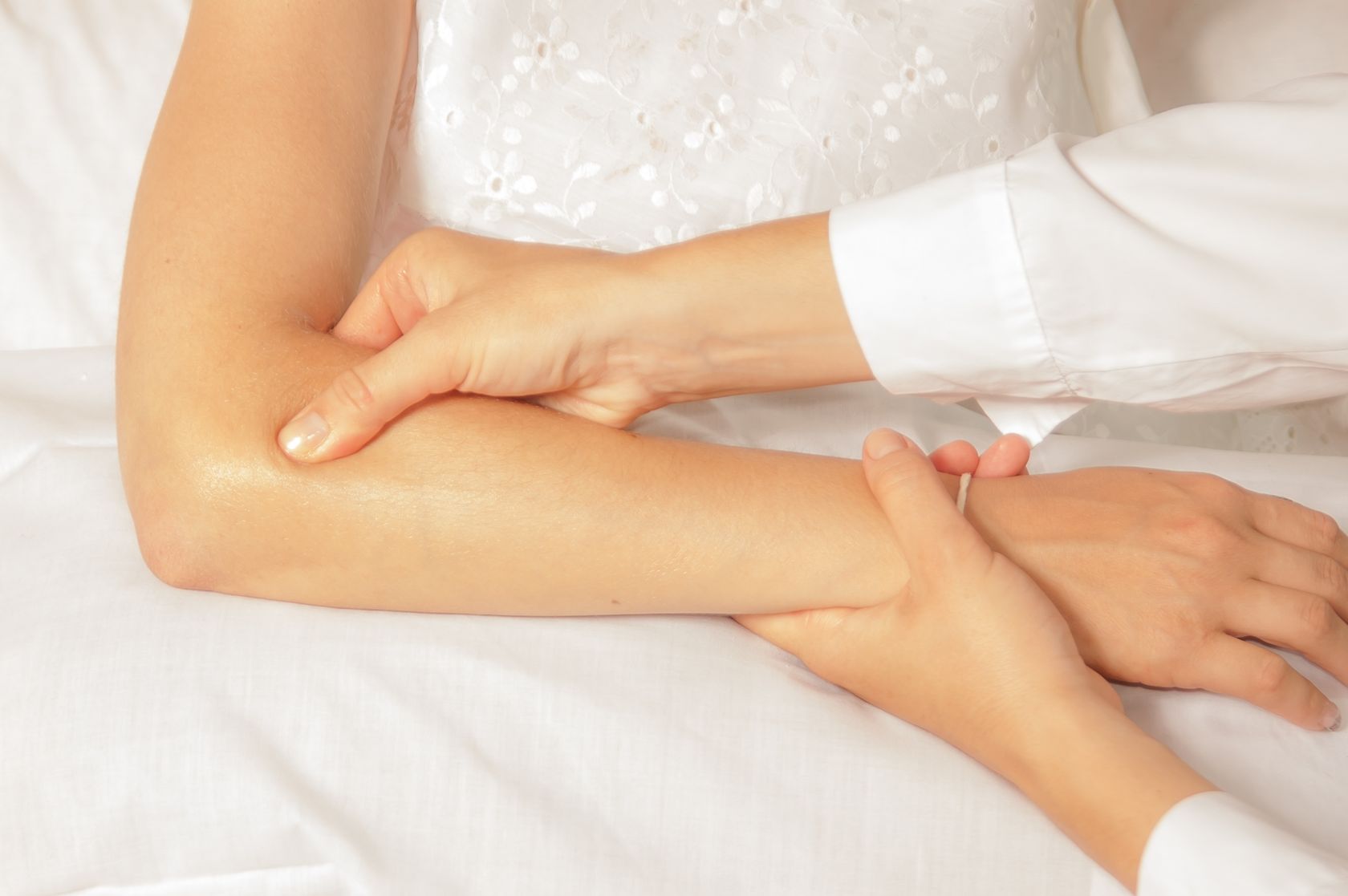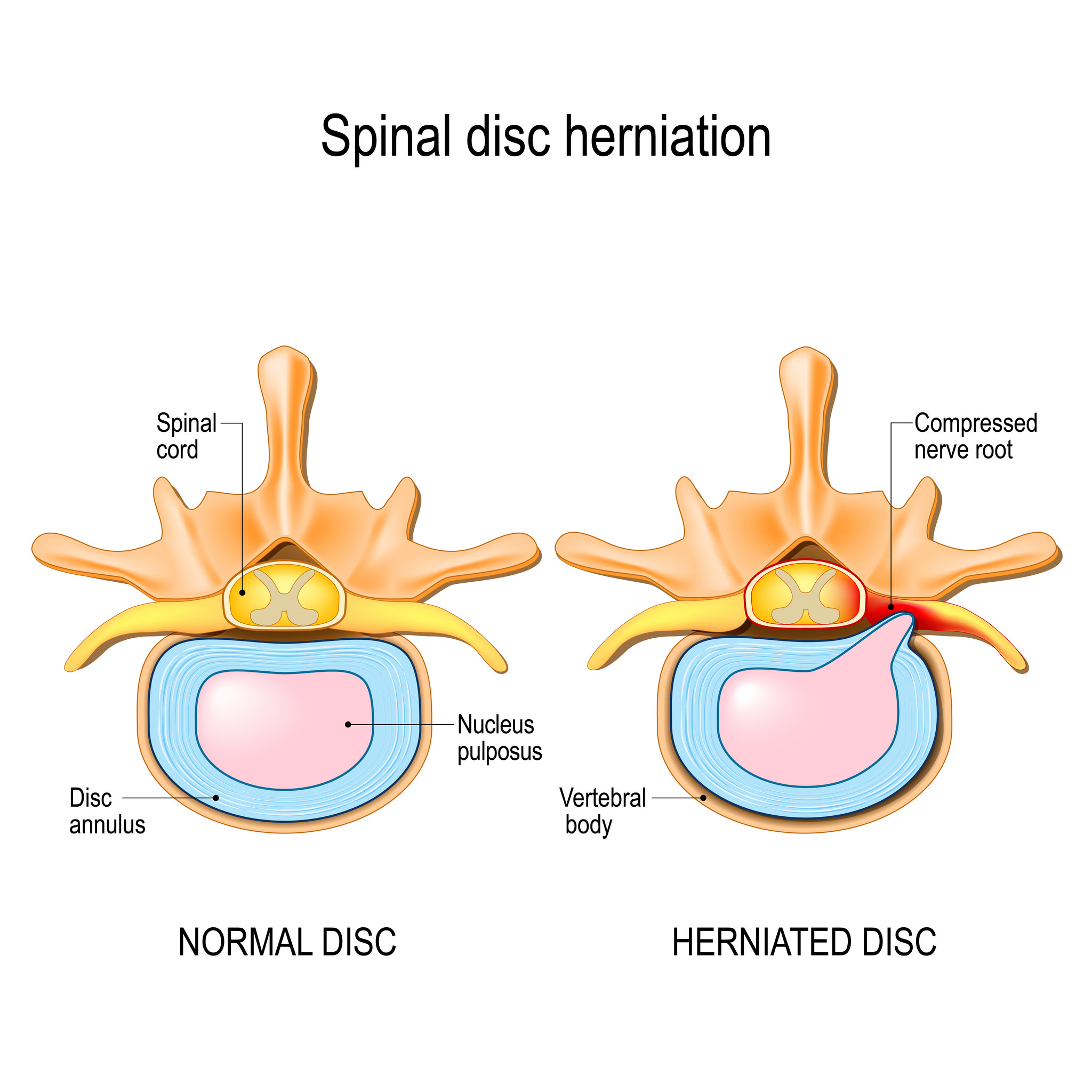Your cart is currently empty!
Category: Physiotherapy
-

Chronic Pain Overview

Chronic Pain Overview
Chronic or persistent pain is pain which is longstanding, usually for at least 3 months. At Free2Move our Physiotherapists have a special interest in treating persistent pain conditions, which often require a different approach. This means addressing the cause of the pain, not just relieving symptoms.
Causes
Back pain, neck pain, headaches, migraines, jaw pain (TMJ pain) and arthritis are examples of conditions which may become chronic. Fibromyalgia, cancer and irritable bowel syndrome are others. Sometimes it has a known pathological or structural cause, such as in a disc herniation or trochanteric bursitis. Other times no specific cause can be identified.
Recent research suggests that when pain has been present for over 3 months, sensitisation of the nervous system occurs. Although many people with this type of pain believe they have a high pain threshold, long-standing pain actually results in neurological changes which increase your sensitivity to pain.
How We Can Help
To change longstanding pain, it’s usually necessary to change the way your brain and nervous system function in relation to pain. The Feldenkrais Method, which is supported by the latest neuro-science, is designed to change the way your brain organises your movement and posture.
Principal Physiotherapist Jodie Krantz qualified as a Feldenkrais Practitioner in 1999 and has a special interest in treating persistent pain conditions. For 7 years Jodie taught Feldenkrais as part of the Bunbury Pain Management Programme. Feldenkrais is a whole body approach, but unlike Yoga or Pilates, it is not about exercise – it’s about learning to move differently.
-

Repetitive Strain Injury

Repetitive Strain Injury
Repetitive Strain Injury (RSI)
Repetitive Strain Injury is also known as Occupational Overuse Syndrome (OOS). These terms cover a group of separate disorders, all of which are related to repetitive trauma to the nervous and musculo-skeletal system.
The trauma can occur because of working for prolonged periods in a poor posture. It may be related to poor ergonomics or inefficient bio mechanics. An example would be over-use of the relatively small muscles of the wrist and forearm when performing heavy or repetitive lifting, while under-using the large stabilising or core muscles of the trunk. Although frequently referring to conditions of the arms, RSI can also occur in the lower limbs or trunk.
How We Can Help
At Free2Move we offer a customised treatment programme using a combination of Physiotherapy, Clinical Pilates and / or Feldenkrais. This process begins with a comprehensive 40 minute individual assessment. We examine the bio mechanics of your movement, looking for possible underlying causes, or factors which may be aggravating your pain. Our aim is to promote independent self-management in the shortest possible time frame.
Many of our clients have computer based work and we frequently treat conditions such as Thoracic Outlet Syndrome, Carpal Tunnel Syndrome, Tendonitis, Tendonosis, De Quervain’s Syndrome, Tennis Elbow (Lateral Epicondylitis), Golfer’s Elbow (Medial Epicondylitis) and Trigger Finger.
We can also visit your workplace to perform ergonomic workstation assessments.
-

Tendinitis or Tendinosis

Tendinitis or Tendinosis
Tendinitis and Tendinosis are distinctly different from each other and often misdiagnosed.
Tendinitis is caused by an inflammatory process. It’s often the result of repetitive strain on a tendon from overuse. Less often it’s caused by a specific event or injury. Treatment may include anti-inflammatory medications and rest.
If left untreated for 2 or 3 months it may progress to become tendinosis.
Tendinosis is thought to result from micro-trauma to a tendon resulting in degenerative changes and failure to heal. There may be weakness of the tendon’s structure, increasing the risk of rupture. It is more difficult to treat than tendinits. Anti-inflammatory medications and cortisone injections are usually not helpful. They may even worsen the problem.
Physiotherapy Treatment for Tendinitis / Tendinosis
Early diagnosis and treatment from an experienced Physiotherapist can make a huge difference to the outcome. At Free2Move we almost always prescribe exercises, because we believe that exercise and movement are essential to the long-term healing process. The right type and level of exercise helps improve circulation and stimulates the healing process. Exercises with put too much stress on the tendon could cause further damage.
Gentle stretches, self-massage techniques and eccentric strengthening exercises are often very helpful. Taping with stretchy ‘kinesiotape’ such as Rocktape helps reduce the load on the tendon so it can heal. Trigger point dry needling (a form of acupuncture) is often effective, as is Low Level Laser therapy.
We can also advise about how you can improve your ergonomics to reduce future strain on the area. It’s all part of our approach, which is to empower you to help yourself get better, rather than to become dependent on long-term treatment.
Examples of tendinitis which respond well to Physiotherapy treatment are Achilles Tendinitis, Tennis Elbow (lateral epicondylitis), Golfer’s Elbow (medial epicondylitis), Plantar Fascitis (causing foot pain), Patellar Tendinitis (causing knee pain) and Supraspinatus Tendinitis (causing shoulder pain).
Read More about Physiotherapy treatments offered at Free2Move
-

Tennis Elbow

Tennis Elbow
Tennis Elbow
Tennis Elbow (Lateral Epicondylitis) is the most common type of elbow pain and affects the lateral epicondyle. The epicondyle is the bony protuberance on the outer side of the elbow.
Several long slender muscles of the forearm assist in manipulating, gripping and lifting objects with the hand. Their tendons attach to the lateral epicondyle. This point of attachment is susceptible to injury.
Signs and Symptoms of Tennis Elbow
In Tennis Elbow, pain often has a gradual onset. It may be felt as a dull ache. Sharp twinges may result from lifting or carrying heavy objects. Pain may be felt during of following prolonged wrist or elbow positions, for example when using a mouse or keyboard. Gripping objects tightly may also reproduce the pain.
The lateral epicondyle is usually very tender when pressed. The muscles in the back of the forearm, which extend the fingers and wrist are often found to be tight, especially extensor digitorum longus and extensor carpi ulnaris. Grip strength may be reduced.
Causes of Tennis Elbow
Contrary to popular belief Tennis Elbow is not always caused by playing tennis. It can also be the result of a recent increase in any activity which involves repetitive, sudden, awkward or forceful movements of the wrists or fingers. Injury may be caused by a single sudden movement against resistance. Even more frequently though, it’s related to prolonged positions or repetitive minor strains.
Tennis elbow has become more common due to the use of computers and mobile phone. Poor ergonomics and postural issues are often causative factors.
Recent research suggests that Tennis Elbow may be caused by micro trauma to the tissues. Damage may occur at the point of attachment of these tendons to the bone or at the point where the fibres of several muscle merge to form a common tendon.
How We Can Help
Physiotherapy is usually the first step. It’s important to identify the cause of the pain. Activities may need to be temporarily modified so that strain on the area can be reduced.
At Free2Move we often use modalities such as low level laser therapy, trigger point dry needling (a western form of acupuncture), and specific massage techniques such as cross frictions. We also teach you stretches and self massage techniques you can do yourself, to help you recover in the fastest possible time. Care is needed with gripping, lifting and carrying. Strapping with stretchy kinesio tape is often effective in decreasing load on the tendon and reducing pain.
If you have had the pain for more than 6 weeks, it’s important to determine whether you actually have tendonitis or tendinosis. Imaging with ultrasound or MRI can help assess the extent of tissue damage and its location. Physios in Perth are now permitted to refer you for these tests.
-

Golfer’s Elbow

Golfer’s Elbow
Golfer’s Elbow (Medial Epicondylitis) is far less common that Tennis Elbow and affects the muscles which attach to the inner aspect of your elbow. These muscles that move the wrist and fingers and are involved in gripping and lifting. Repetitive over-use of these muscles or incorrect technique when playing racket sports, weight lifting or rock climbing can cause golfer’s elbow.
Physiotherapy Treatment will depend on whether the cause of the pain is tendonitis or tendonosis. At Free2Move in Mt Hawthorn Perth your physiotherapist will be able to assist with diagnosis and provide treatment and exercises to promote recovery.
Clinical Pilates and Feldenkrais are methods which help improve your posture and biomechanics to help prevent recurrence of injury.
Feldenkrais helps you become more aware of how you can use the larger more powerful muscles of your trunk to perform heavy work, while using the smaller muscles around the hands and elbows to do fine and precise movements.
Exercise Rehab may assist by improving your ability to utilise your ‘core’ muscles, the deeper muscle groups which are involved in stability, balance and postural alignment.
This enables you to take charge of your own health and well-being and help prevent future episodes of pain. Please discuss this with your Physiotherapist to work out the most suitable programme for your situation.
-

Arthritis

Arthritis
Arthritis is one of most common causes of chronic pain. Physiotherapy can assist you to maintain your independence by safely improving your flexibility, strength and mobility.
How We Can Help
Don’t let pain stop you from exercising or losing weight! At Free2Move many clients with Osteoarthritis, Rheumatoid Arthritis and Fibromyalgia attend our exercise programmes every week. Our Physiotherapists support them in safely improving their strength, mobility, posture and body awareness without aggravation of pain.
Our Clinical Pilates Studio Programme is the most popular way to begin exercising for people arthritis, because of the benefits of strengthening your core muscles. Our Pilates machines help you build strength safely and gradually, beginning with partial weight bearing exercises (usually done lying down) and progressing to full weight bearing.
 Feldenkrais is the gentlest of the classes we offer at Free2Move and often the best way to begin if you are in a lot of pain. Our clients with various forms of Arthritis have found Feldenkrais extremely helpful for relieving and managing pain. It’s relaxing and enjoyable!
Feldenkrais is the gentlest of the classes we offer at Free2Move and often the best way to begin if you are in a lot of pain. Our clients with various forms of Arthritis have found Feldenkrais extremely helpful for relieving and managing pain. It’s relaxing and enjoyable!Not sure which exercise programme is best for you? Discuss it with one of our friendly and experienced Physiotherapists.
Book an individual assessment now
[/vc_column_text][/vc_column][/vc_row]
-

Joint Hypermobility Syndrome

Joint Hypermobility Syndrome
Have you ever suspected that you are ‘double jointed’?
Do you have a history or frequent sprains and strains, or clicky joints, going back to when you were a child? Then read on, as you may have Joint Hypermobility or Joint Hypermobility Syndrome.
Joint Hypermobility is a condition in which joints can be moved beyond the normal or expected range of movement – in other words you are very flexible. When Joint Hypermobility affects multiple joints in the body, it may be due to a systemic condition causing excessive mobility of the ligaments and connective tissues, which support the joints.
Joint Hypermobility Syndrome (JHS) refers to a group of conditions in which Hypermobility occurs along with chronic pain (pain lasting more than 3 months) in multiple joints. It has been under-recognised and under-treated by the medical establishment.
How We Can Help
Physiotherapists Jodie Krantz and Alison McIntosh at Free2Move have a special interest in working with children and adults with JHS. The process begins with an individual assessment. The first thing that usually needs to be addressed is managing the chronic pain, because when you’re in pain it’s hard to learn anything new. Next you need to begin to learn how to move more smoothly, and safely in a way that does not keep aggravating your pain. This includes looking at your posture for sleeping, sitting and standing, how you walk, how you bend, how you lift and so on.

